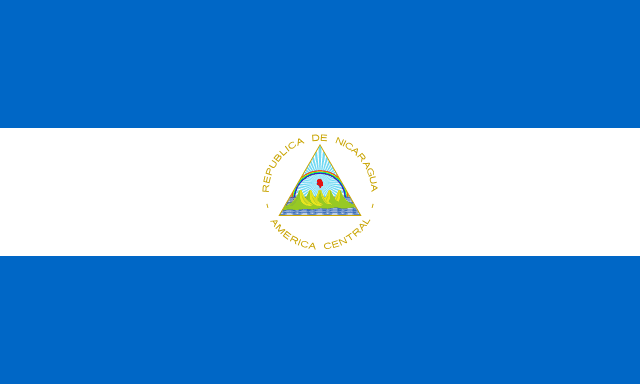Country Information
| Sovereign State | Yes |
| Country Codes | HN, HND, 340 |
| Official Name | Republic of Honduras |
| Continent | North America |
| Capital | Tegucigalpa |
| Government Type | Democratic constitutional republic |
| Currency | Honduran Lempira (HNL) |
| Calling Code | +504 |
| Member Of | United Nations, Organization of American States, Central American Integration System |
| Population | Approximately 10 million (as of 2023) |
| Total Area | 112,492 square kilometers |
| Highest Point | Cerro Las Minas (2,870 meters or 9,416 feet) |
| Lowest Point | Caribbean Sea (0 meters or 0 feet) |
| GDP Per Capita | Around $2,500 USD |
| Life Expectancy | Approximately 75 years |
| Internet TLD | .hn |
Honduran National Anthem
Himno Nacional de Honduras
Crossed with a band of snow;
And there can be seen, in its sacred depths
Five pale blue stars.
In your emblem, which a rough sea
With its wild waves shields,
Behind the bare summit of an Indian
A star brightly shines.
From a country where the sun rises,
Beyond the blue sea,
That Indian maiden awaits me,
Under the charming shade of a palm tree.
And though fate may keep us
Nourished on a foreign beach,
Of the dry leaf of your forests
Always remember the prayerful accent.
Flags of Neighboring Countries



History of the Honduran Flag
The flag of Honduras, adopted on March 7, 1866, is rich in history and symbolism. It was inspired by the flag of the Federal Republic of Central America and reflects Honduras’ past as part of this union. The design consists of three horizontal stripes: two blue outer stripes representing the Pacific Ocean and the Caribbean Sea and a white stripe in the middle signifying peace and purity.
The flag underwent several changes before reaching its current design. The first Honduran flag was established in 1823 after gaining independence from Spain, but it wasn’t until 1866 that the current design was adopted. The flag’s centerpiece, five blue stars arranged in an X pattern, symbolizes the original members of the Central American Federation: Honduras, Costa Rica, El Salvador, Guatemala, and Nicaragua. The stars also represent hope for future reunification of these nations.
Throughout its history, the Honduran flag has been a symbol of national pride and unity. The blue and white colors are now deeply embedded in the national consciousness and are used in various cultural and political contexts. The flag’s design has remained largely unchanged since the 19th century, making it one of the most enduring symbols of the nation’s identity and sovereignty.
The Honduran flag is not just a national emblem but also a reminder of the country’s aspirations for unity, peace, and stability. It reflects the shared history of Central America and the ongoing hope for regional cooperation and solidarity. The flag stands as a testament to Honduras’ resilience and commitment to democratic principles, despite facing various challenges throughout its history.

